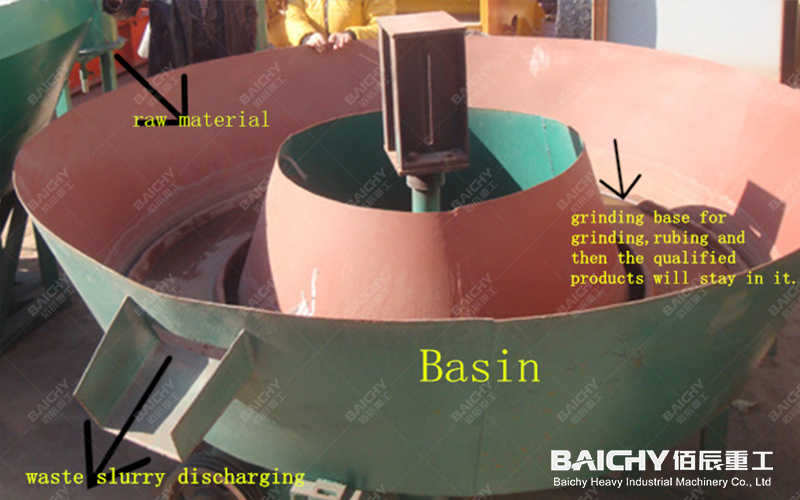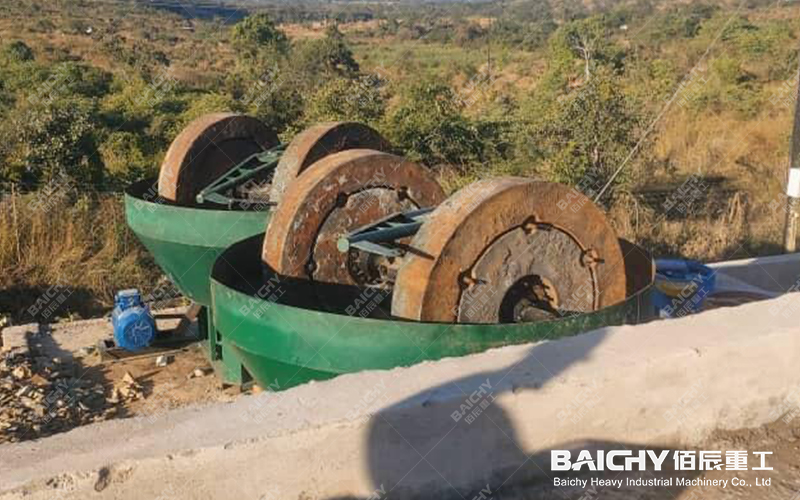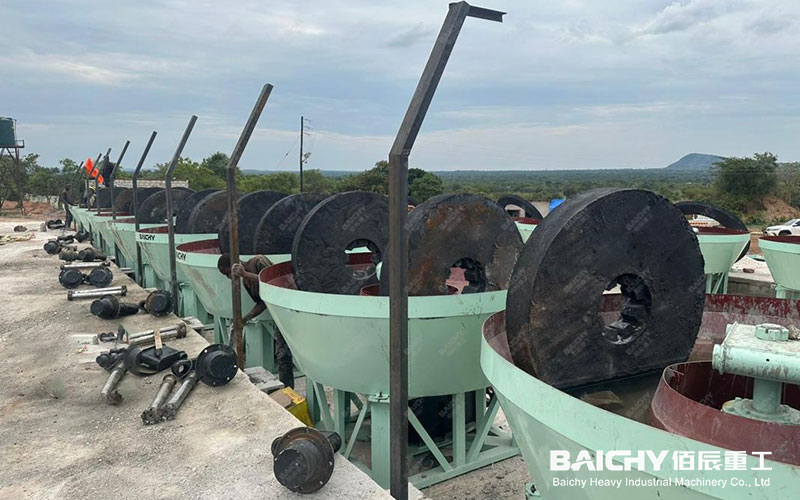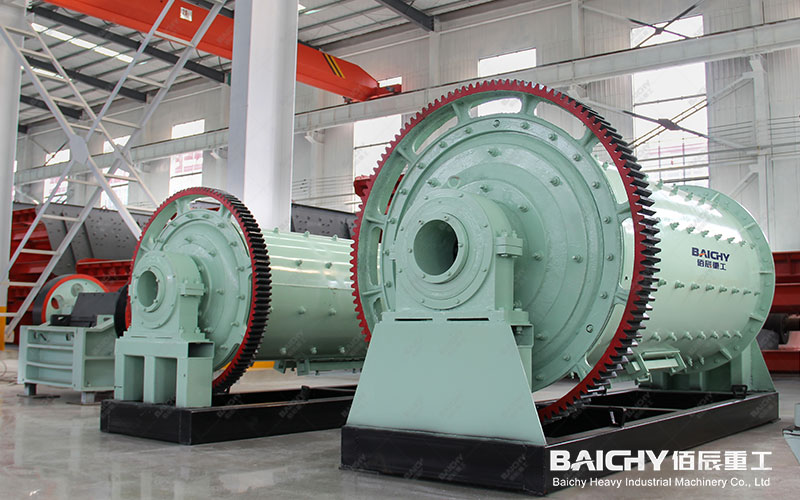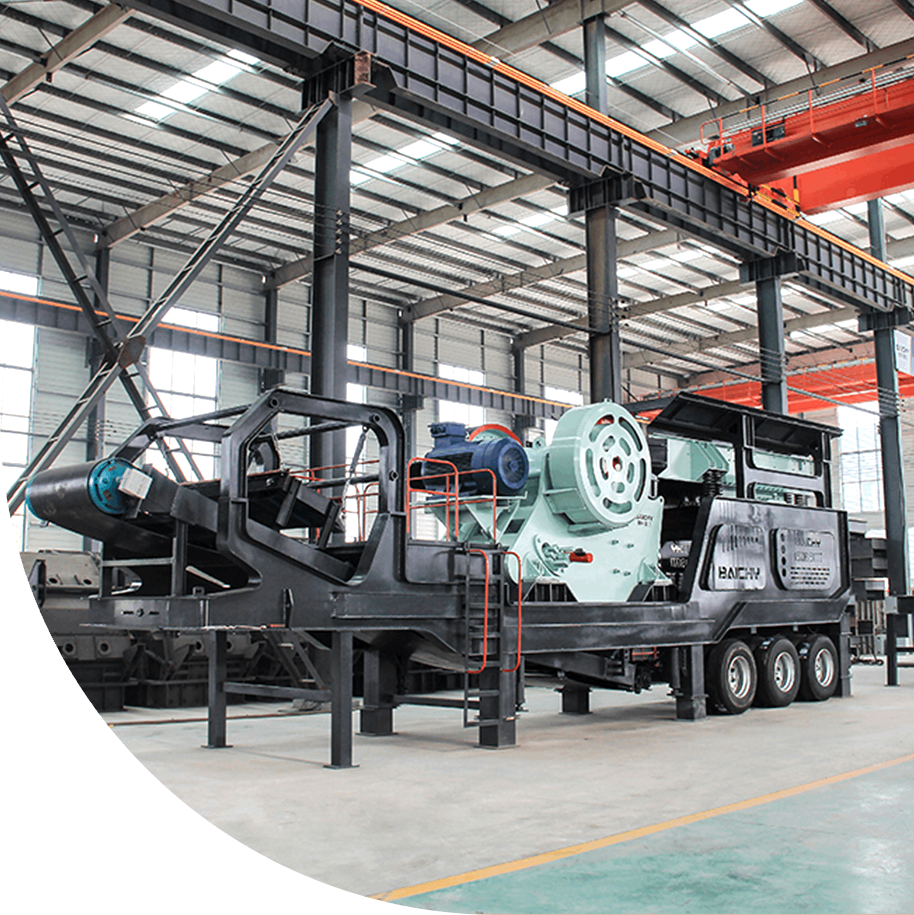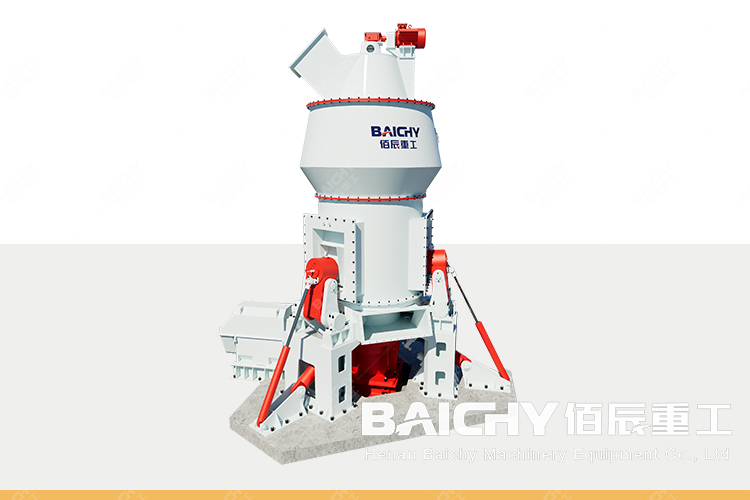
In the grand panorama of a modern cement plant, towering preheaters and rotating kilns are undoubtedly the visual focal points. However, at the forefront of the production line, there is a crucial, albeit unsung, component that roars day and night, grinding hard raw materials such as limestone and clay into the fine powder needed to manufacture cement. This is the vertical roller mill, hailed as the heart and stomach of cement production, the core equipment determining the efficiency and energy consumption of the entire production line.
I. What is a Vertical Roller Mill?
A vertical roller mill is not simply a large grinding disc. It is a highly efficient grinding device that integrates crushing, grinding, drying, and powder selection. Compared to traditional ball mills that require a large number of steel balls for impact grinding, the working principle of the vertical roller mill represents an efficiency revolution.
Its core structure consists of a horizontal rotating grinding disc and 2-4 hydraulically pressurized grinding rollers. Raw materials are fed in from the top of the mill, falling onto the rotating grinding disc and being dispersed to the edge of the disc under centrifugal force. At this point, the grinding rollers, pressurized by the hydraulic system, firmly crush the material layer, utilizing the bed grinding principle to pulverize the material. Compared to the random collisions of ball mills, this crushing method has extremely high energy utilization. Simultaneously, hot air introduced from the kiln system blows in from the bottom of the grinding disc, drying the moisture-containing raw materials during the grinding process. Finally, the qualified fine powder is carried away by the airflow into the classifier, while coarse particles fall back to the grinding disc for further grinding.
II. Four Core Advantages of Vertical Mills
1. Energy Revolution, Significant Power Savings: This is the primary reason why vertical mills have replaced traditional ball mills. Because they employ the bed grinding principle, energy acts directly on the material layer, avoiding ineffective collision losses between steel balls and between steel balls and liners. Data shows that the power consumption of a vertical mill system is about 20%-30% lower than that of a ball mill system. For the power-intensive cement industry, this translates to annual savings of millions of yuan in operating costs.
2. Strong Drying Capacity, Integrated Operation: Vertical roller mills integrate grinding and drying, allowing direct access to hot air exceeding 400℃. They can handle raw materials with a moisture content of 15%-20%, eliminating the need for separate drying equipment and processes, simplifying the process layout, and reducing investment and maintenance costs.
3. Large Feed Size, Short Process Flow: Modern large-scale vertical roller mills can directly process blocky materials with a particle size of 80-100mm from crushers, effectively eliminating the secondary crushing stage and making the entire grinding system more compact.
4. Stable Operation, Excellent Product Quality: Vertical roller mills operate smoothly with low vibration and noise. Their products have a uniform particle size distribution and easy fineness adjustment, providing higher-quality raw materials for subsequent calcination processes, contributing to improved clinker quality and stable kiln operation.
III. Challenges and the Future: Advancing with Intelligence and Reliability
Of course, vertical roller mill technology also faces challenges, primarily the wear of core wear-resistant components (such as grinding rollers and grinding disc liners). However, with advancements in materials science, new materials such as high-chromium cast iron and metal-ceramic composites have emerged, significantly extending the service life of wear-resistant parts. Furthermore, modern vertical roller mills have deeply integrated intelligent technologies. Through online vibration monitoring, intelligent lubrication system control, and automatic roller pressure adjustment, predictive maintenance and unmanned operation have been achieved, further enhancing equipment reliability and overall efficiency.
The vertical roller mill is not merely a piece of equipment on a cement production line; it is a microcosm of modern industry's pursuit of high efficiency, energy conservation, and environmental protection. With its superior performance, it continuously drives technological progress and green transformation in the cement industry, a fundamental raw material sector. From a stubborn rock to a handful of fine powder, the vertical roller mill achieves a perfect fusion of power and precision, silently supporting the magnificent architecture of our modern civilization. Understanding it is understanding the efficiency and wisdom of the modern cement industry.




